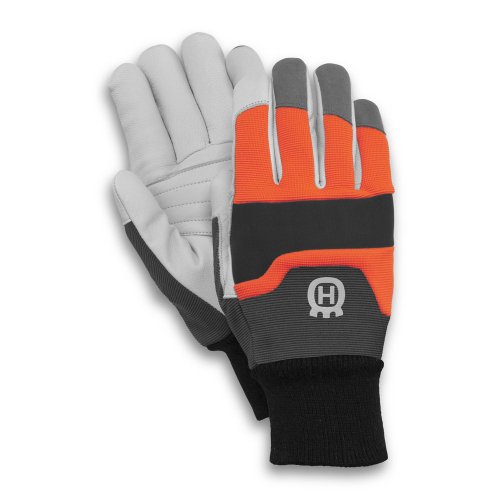Excellent questions. Speaking ONLY for myself, and including the fact that my experience base is limited, I can tell you this from personal experience. On many newer saws a simple muffler mod done correctly will increase fuel consumption, be louder and allow you to cut faster. I've seen a muffler mod increase speed roughly 10 to 15% on saws with a choked up, restricted muffler.
Making the exhaust port wider in and of itself does not provide any real gains. It has to be combined with the muff mod and re-tuning the carburetor to allow more fuel in. If the carburetor is at its upper limit to begin with, a larger carburetor will be needed to see gains. Again, from personal experience, a larger exhaust opening combined with an enlarged intake and increased fuel flow will again create a faster cutting saw.
Most of the performance gains I've seen come with a price. Usually it's increased fuel consumption. Bumping the timing up a few degrees can increase the RPMs of the saw. However, this increase may or may not equate to an increase in power. You have to include bottom end torque into the equation. Do you want more torque or more speed? What kind of wood are you cutting? Is the price of modification worth the expected gains?
For me, I like to experiment to see what gains I can get out of a saw. It's fun. Removing the base gasket will lead to an increase in cylinder compression. More compression equals more power -> always a good thing.
Squish bands and pop ups I can't help you with. I've not made it that far.
dd
I'm at about the same level. The purpose of the mods is in general to increase the volume of air moving through the pump (engine), and of course add more fuel as well. More fuel that burns is more power. But a 2 stroke is massive compromise, especially when it comes to port timing, and it is difficult to change any one thing with out altering several others as well. A muffler mod may be as close as it gets in that department, depending on how restrictive it was to begin with.
The 2-stroke's biggest compromise is that the exhaust port is open while the incoming charge is entering the cylinder, leading to unburned fuel going out (scavenging losses). Fuel that doesn't burn produces no power. Most of the issues with 2-strokes involve trying to deal with this problem. A lot of the literature of tuning and modifying 2-strokes has to do with resonance tuned exhaust pipes, which have a profound effect because of their interaction with the scavenging losses, but this is irrelevant to work saws.
Attempts are made to direct the fresh charge that moves up the transfers toward the intake side of the cylinder and away from the open exhaust port. Apparently the flow pattern from quad transfers is an improvement, and so quad transfers tend to lose less of the charge.
Strato engines add another path for pure air to enter the engine, and try to delay introduction of the fuel into the cylinder until very late in the cycle, thus reducing the opportunity for it to be lost out the open exhaust port.
All port timing on a 2 stroke is symmetrical about TDC, so if it opens earlier it closes later. Cylinder pressure cannot build until the ports are closed, so if you raise the exhaust port for longer duration by definition you decrease the cylinder pressure.
It is tempting to think of what is happening in the engine in terms of angles relative to TDC and BDC, and whether the piston is moving up or down based on static/low speed position of the piston. But an engine at speed is a dynamic system, and there are delays, inertia and momentum to deal with, so things don't really work that way. For example, fuel/air charge is still moving up the transfers well after BDC while the piston has already started moving back up. So in fact raising the exhaust port may not always reduce cylinder pressure - it may actually raise it at a higher rpm.






















































